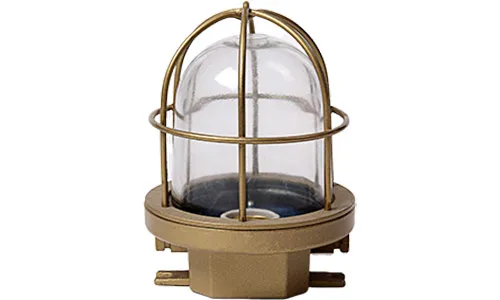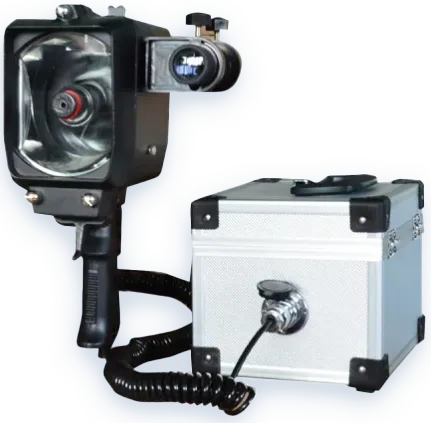Lighting is critical for safe ship operation—from navigating dark coastal waters to inspecting cargo holds or guiding crew through narrow corridors. Among vessel lighting options, one reliable type handles the sea’s unique challenges: the marine incandescent light. This article explains what it is, how it differs from household incandescent bulbs, and why it still matters for small boats and large ships.
At its core, it shares a basic principle with household incandescent bulbs: it generates light by passing current through a thin tungsten filament, which heats to a high temperature and glows brightly. But unlike residential bulbs, every part is engineered for the harsh marine environment—where salt, moisture, and constant vibration are common.
Its main job is to provide consistent, reliable light for key vessel areas: open decks (for securing equipment or spotting obstacles), small cabins (daily use), engine rooms (checking for leaks/mechanical issues), and emergency exits (guiding safety during outages). Crucially, it maintains brightness amid salt spray, wave-induced tilts, or humidity changes—making it a safety-focused choice.

Why not use household incandescent bulbs on boats? They can’t meet the marine environment’s unique demands.
Household incandescent bulbs are fragile: their thin glass shatters easily from vibrations (e.g., a boat’s engine), and metal bases rust fast in salt air or moisture. A marine incandescent light fixes these flaws with specialized materials: its housing uses marine-grade aluminum or corrosion-resistant plastic to block saltwater damage, while the glass bulb is thicker to withstand impacts. Some models add rubber gaskets at the base to seal humidity and avoid short circuits.
It also meets global maritime safety rules. All vessel lighting (commercial and most recreational) must adhere to standards from organizations like the International Maritime Organization (IMO). These standards ensure fire resistance (critical in enclosed spaces), shock resistance from rough seas, and operation in extreme temps—from Arctic cold to engine room heat. Household bulbs only meet indoor safety codes and fail these marine tests.
Even with newer tech (like LEDs) gaining popularity, the marine incandescent light remains practical for its simplicity, reliability, and compatibility with low-power systems.
For small boats (fishing boats, sailboats, personal watercraft), it’s often the main interior/deck light. Small vessels have basic electrical systems (lower voltage/limited power), and its straightforward design works seamlessly with them. It’s also easy to install and replace: if a bulb burns out at sea, crew can swap it with a spare quickly—no special tools or skills needed.
On large commercial ships (cargo vessels) or cruise liners, daily lighting mostly uses energy-efficient LEDs. But the marine incandescent light acts as a key emergency backup. Unlike some LEDs (which need a separate driver), it turns on instantly when power returns—critical in blackouts. If main lighting fails (storm, equipment issue, power surge), these backups provide instant brightness for crew to secure cargo, guide passengers to lifeboats, or fix issues—avoiding chaos.
A marine incandescent light is more than a “boat bulb”—it’s a purpose-built solution balancing simple, proven tech with sea-ready durability and safety. It withstands salt, moisture, and vibrations that ruin regular bulbs, meets strict maritime standards for crew/passenger safety, and works reliably in all vessel sizes. Whether lighting a fisherman’s deck at dawn or backing up during a shipwide outage, it’s key to vessel safety. For those in boating or maritime work, understanding its value helps make smart, safe lighting choices.

GET A QUOTE